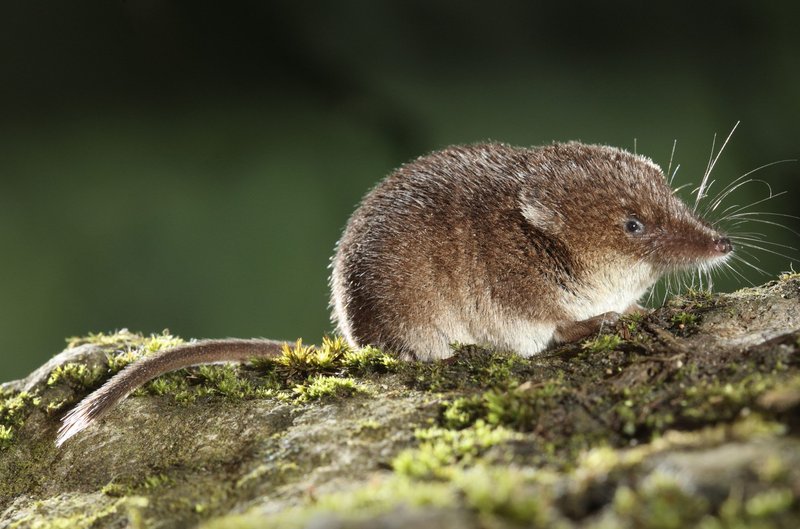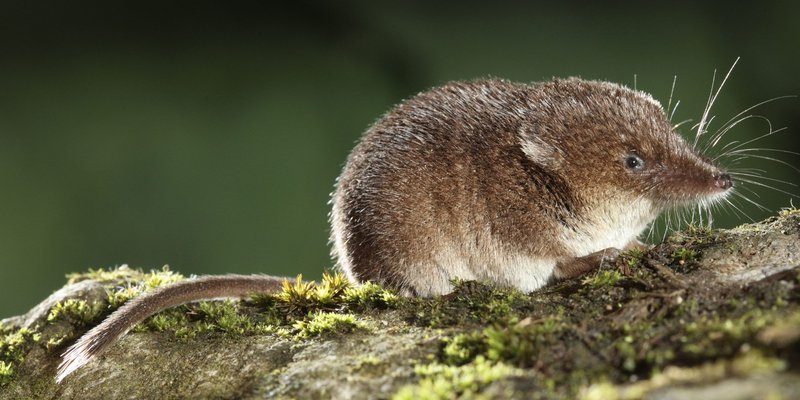
Honestly, when we think about endangered species, we often picture big animals like elephants or tigers. But shrews play a vital role in their ecosystems too. They help control insect populations and serve as prey for larger animals. So, you might be wondering: Are they really endangered? Let’s dive deeper into this tiny world and see what the current situation looks like for shrews globally.
Understanding Shrews: A Quick Overview
Shrews are small mammals belonging to the family Soricidae. They may look like mice, but they’re more closely related to moles and hedgehogs. There are over 300 different species of shrews, ranging in size from as small as a thumb to about the size of a mouse. Their habitats are diverse, from woodlands and fields to wetlands.
These creatures are known for their high metabolism, which means they need to eat frequently. They primarily feast on insects, earthworms, and small invertebrates. Think of them as the busy little workers of the animal kingdom, constantly foraging and digging for their next meal.
However, despite their small size and seemingly abundant numbers, certain shrew species are facing significant threats. Understanding these threats is key to grasping the broader conservation picture.
What Threatens Shrew Populations?
Several factors are putting pressure on shrew populations worldwide. Here are some of the main culprits:
- Habitat Loss: Urbanization, agriculture, and deforestation are wiping out the natural homes of shrews.
- Climate Change: Shrews are sensitive to temperature and moisture changes, which can affect their food supply.
- Pesticides: The use of chemicals in farming can poison shrews and reduce their food sources.
Imagine living in a cozy home and suddenly finding the roof missing. That’s how habitat loss feels for shrews. As their environments shrink, they struggle to find food and shelter, pushing some species towards the brink of extinction.
The Global Conservation Status of Shrews
Not all shrews are in the same boat. When we look at the global conservation status, we see a mixed picture. Some species are listed as Least Concern, while others are endangered or critically endangered.
For instance, the Eurasian Water Shrew (Neomys fodiens) is considered a species of Least Concern, largely because it has a wide distribution and stable population. On the other hand, the Bornean Shrew (Crocidura borneensis) is facing serious threats and has been classified as Vulnerable due to habitat destruction.
Successful Conservation Efforts
Luckily, there are conservation programs aimed at protecting shrew populations. These efforts often focus on habitat restoration, creating wildlife corridors, and regulating pesticide use.
Here are a few examples of effective conservation strategies:
- Protected Areas: Establishing national parks and reserves helps safeguard shrew habitats.
- Research and Monitoring: Scientists are tracking shrew populations to understand better their needs and threats.
- Public Awareness: Campaigns to educate the public about shrews’ ecological importance can foster community support for conservation.
It’s like having a team of dedicated friends working to save your favorite coffee shop from closing. Through collaboration and commitment, we can help shrews find a safer future.
What Can You Do to Help Shrews?
You might be wondering, “What can I do to help these little guys?” It’s great to see that interest! Here are a few simple actions you can take:
- Support Local Conservation Efforts: Volunteer or donate to organizations focusing on wildlife protection.
- Eco-Friendly Practices: Use fewer pesticides and chemicals in your garden to promote a healthier environment for shrews and other wildlife.
- Spread the Word: Talk about shrews and their importance to your friends and family.
Every bit helps, and by taking small steps, we can all contribute to the conservation of shrews and their habitats.
The Importance of Biodiversity
Shrews might be tiny, but they play a big role in their ecosystems. Their presence helps maintain the balance of biodiversity, which is crucial for a healthy planet. When we lose one species, it can have a ripple effect on others.
Imagine shrews as the unsung heroes of the insect world. By controlling pest populations, they help ensure that crops can grow and thrive. Without shrews, we could see an increase in insect populations, leading to more challenges for farmers and the ecosystem.
So, is the shrew endangered? The answer is nuanced. While some species are doing okay, others are facing significant threats that could lead to their decline. The good news is that conservation efforts are underway, and every individual can make a difference.
As we continue to educate ourselves and advocate for nature, we can help create a world where shrews and other wildlife can thrive. By recognizing their importance and supporting conservation, we pave the way for a balanced ecosystem and, ultimately, a healthier planet. So let’s keep the conversation going about shrews and take action to support their needs for generations to come!

